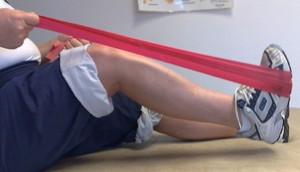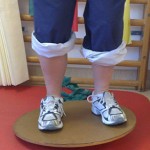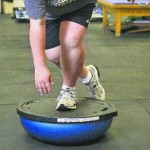I’ve had many, many knee injuries, and several knee surgeries too, so when I found out I needed to undergo an ACL reconstruction surgery I was a little apprehensive. I shouldn’t have been, though. It was really helpful, and not at all as difficult as I thought it would be.
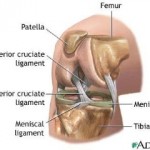
Your ACL, or Anterior Cruciate Ligament, is a primary restraint in your knee. It prevents excessive movement of your tibia on your femur, and also contains nerve fibres that give your brain feedback about knee position and speed of movement (proprioception). If you completely tear your ACL, it initially causes pain and swelling, and you lose motion. Ultimately those problems resolve, but you are often left with an unstable feeling, and you may lose confidence on that leg. You are also at a higher risk of further injury, such as a meniscus tear. Having an ACL Reconstruction surgery improves that unstable feeling, and it helps protect your knee joint from undergoing further damage resulting from abnormal joint motion.

During an ACL Reconstruction surgery, your orthopaedic surgeon uses tissue to fashion you a restraint that mimics your original ACL. Your surgeon has two basic choices: (1) Using an allograft (using tissue or bone from a donor – usually a cadaver); or (2) Using an autograft (tissue or bone from the patient). The two most common options using autograft tissue are: (1) using your hamstring tendon (actually, your Semitendinosus and Gracilis tendons weaved together to make them strong); or (2) using part of your patellar tendon. The surgeon will choose which method is best based on the patient’s body and size and activity level.
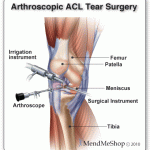
After surgery, physiotherapy begins immediately. It’s important to control the swelling and get the knee moving safely. After that, it’s approximately a six to twelve month rehabilitation working on strengthening, proprioception, and sport specific exercises. That sounds like a long time, but it’s well worth it. And you get to return to sports once your leg muscles are strong – usually after six months. Your physiotherapist will progress your exercise program as you improve, so you can see the changes as you get better and keep your rehab challenging. I’m glad I had the surgery – gave me back a much better knee!

